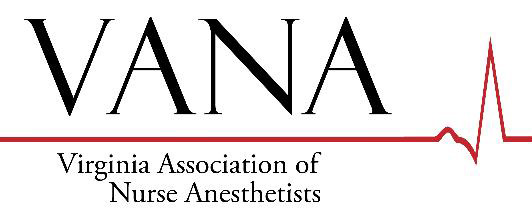CRNA Practice Board Questions
Below are practice board questions to help you study up for your board exam. There is an answer key provided at the bottom. Good luck!
Basic Sciences
- Laminar flow in the airway occurs in the:
a. trachea main stem bronchi
b. terminal bronchioles
c. Right primary bronchus
d. Carina - Serotonin has vasodilatory properties in the:
a. renal vasculature
b. hepatic vasculature
c. skeletal muscle vasculature
d. pulmonary vasculature - The primary mechanism of intraoperative heat loss resulting in hypothermia is:
a. convection
b. radiation
c. conduction
d. evaporation
Equipment, instrumentation, and technology
- The National Institute for Occupational Safety (NIOSH) recommends limiting the operating room concentration of nitrous oxide to:
a. 5 ppm
b. 5 ppm
c. 25 ppm
d. 50 ppm - Reactants that are regenerated during the absorption of carbon dioxide by soda lime include:
a. carbonic acid
b. sodium hydroxide
c. calcium hydroxide
d. calcium carbonate - A fresh E-cylinder of oxygen:
a. contains more liters of gas than an E-cylinder of nitrous oxide
b. contains about 90% liquid oxygen and 10% oxygen as a gas
c. contains about 660 liters of oxygen when at sea level
d. has a lower pressure than the pipeline oxygen supply
General Principles of Anesthesia
- The addition of bicarbonate to a local anesthetic solution:
a. delays the onset of blockade
b. increases the concentration of the nonionic form of the local anesthetic
c. causes a fall in the pH of the solution
d. should only be done when using bupivacaine - Correct statements concerning the use of benzodiazepines in the elderly include:
a. volume of distribution is increased
b. reduced pharmacodynamic sensitivity is observed
c. the elimination half-life of diazepam, but not midazolam, is increased
d. all of the above - The age group with the highest minimum alveolar concentration (MAC) of desflurane is:
a. 2 – 3 months
b. 1 – 2 years
c. 25 – 30 years
d. greater than 75 years
Anesthesia for surgical procedures and special populations
- Pulmonary changes associated with Duchenne’s muscular dystrophy include:
a. restrictive ventilatory defect
b. an obstructive ventilatory defect
c. decreased pulmonary artery pressures
d. increased residual volume - During pregnancy, the minimum alveolar concentration (MAC):
a. decreases until the 20th week
b. increases until the 20th week
c. decreases throughout the pregnancy
d. increases throughout the pregnancy - During hip replacement surgery, cardiopulmonary changes associated with the application of acrylic bone cement include:
a. hypotension secondary to cement monomer absorption
b. hypocarbia
c. decreased pulmonary artery pressure
d. increased end-tidal carbon dioxide
Answer Key:
Basic Sciences
- B
- C
- B
Equipment, instrumentation, and technology
- C
- B
- C
General Principles of Anesthesia
- B
- A
- A
Anesthesia for surgical procedures and special populations
- A
- C
- A

